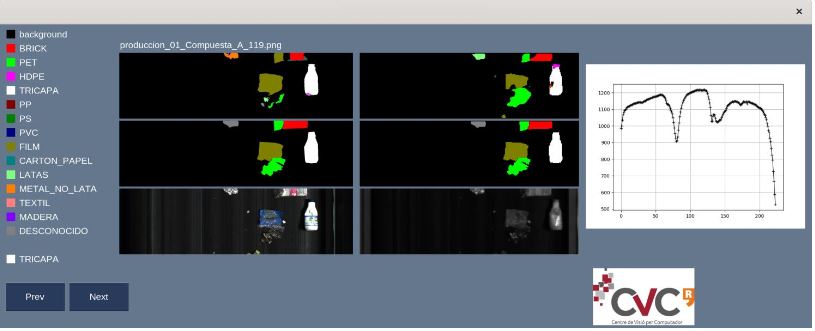Automatic waste recycling using hyperspectral cameras
TRL
5
BUSINESS SECTOR
Industry 4.0
Agro & Food
LICENSE
On demand

DESCRIPTION:
To be able to correctly recycle the content of the yellow bin, the recycling plants make the incoming waste stream pass by several dedicated machines. However, at the end of this circuit, there is still an important percentage of material that cannot be correctly identified and is therefore incinerated or ends up at the (garbage) dump. Of course, on the one hand, the process depends on the people’s help to correctly separate their waste in the first place (at home), but on the other hand, technology can help to increase the percentage of waste that is correctly separated so that recycling will be possible.
To be able to better separate the incoming waste streams into streams of a specific type of material, a solution is proposed that relies on a specific type of hardware in combination with dedicated software. To determine the properties of a specific material in the incoming waste stream, the objects are analyzed by a hyperspectral camera. Hyperspectral cameras in the infrared part of the electromagnetic spectrum are known to be able to provide something like a digital fingerprint of the material (chemical decomposition). For the interpretation of this fingerprint information, a Deep Neural network is proposed. This network then interprets the different channels of the hyperspectral image (hypercube) to determine which information is most relevant to classify the materials(to determine the type of material based on the characteristics).
This technology also has applications in the agri-food industry, for the initial selection stage of raw materials in food production.
This technology is framed within the project Activ 4.0, a project of the RIS3CAT Utilities 4.0 Community. The project has been co-financed by the European Regional Development Fund (FEDER) under the FEDER Catalonia Operative Programme 2014-2020.


